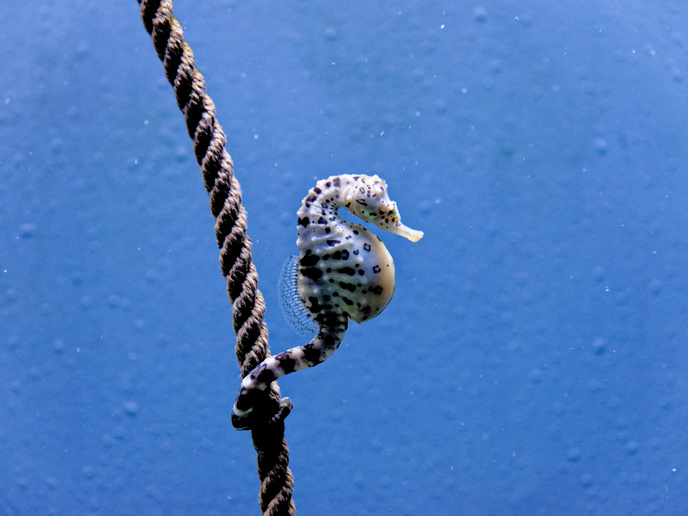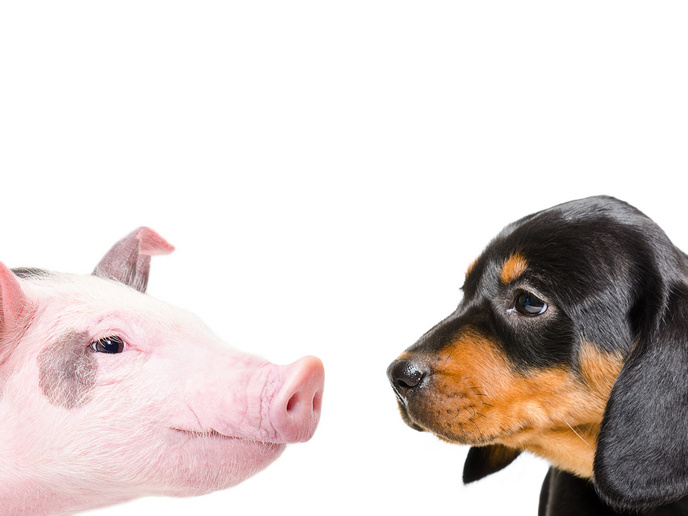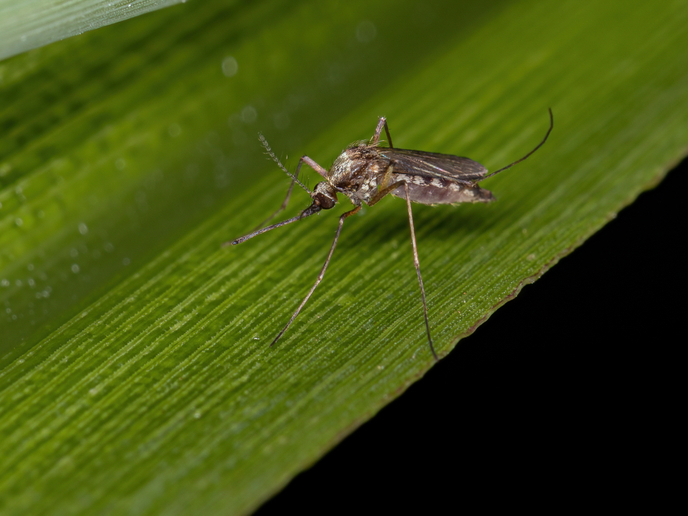Identifying the evolutionary drivers of male pregnancy
What determines whether a male or female animal will parent a child? This evolutionary question remains controversial and unanswered. Viviparity – maintaining an embryo inside a parent until birth – is widespread yet the most costly form of reproduction. It appears to be more widespread amongst females, though for some animals, such as seahorses, it is the male who carries the child. Why is this the case? These questions were explored in the EU-funded MALEPREG project by a team of researchers led by Olivia Roth, a marine evolutionary biologist at Kiel University. Roth analysed the evolution of the mating system, to identify fitness benefits that lead to the evolution of viviparity. The focus of the project was syngnathids (pipefishes and seahorses), most of which have reversed sex roles, and have a gradient evident in different species between full viviparity (internal) to carrying the embryos on the ventral side. “Despite pregnancy evolving over 150 times in the animal kingdom, syngnathids have a unique evolution of male pregnancy,” says Roth. “Research on pregnancy rarely focuses on this amazing convergence, but instead mainly focuses on the single pregnancy evolution in mammals.”
Moving beyond the mammalian model
To gain deeper insights into pregnancy evolution, the MALEPREG project, which was supported by the European Research Council, went beyond the mammalian pregnancy evolution model. “By comparing male pregnancy evolution with mammalian pregnancy, we could pinpoint surprising similarities in adaptation and identify shared molecular mechanisms,” adds Roth. “These are presumably shared with many other forms of pregnancy evolution and thus very likely reflect general adaptation patterns that are required for pregnancy to evolve.” The researchers also explored the distinct forms of male pregnancy, ranging from those only carrying embryos on one side of their body, to those with brood pouches, and those with placenta-like structures to nourish the embryos through pregnancy. The team used a wide spectrum of methods, including comparative genomics to pinpoint gene loss and gain in pregnancy evolution and the role of the microbiome in male pregnancy evolution and how microbes shape the developing offspring.
Investigating the links between viviparity and the immune system
MALEPREG also explored the co-evolution of immune systems, specific microbes and pregnancy, which are thought to be closely linked. “Immunological adaptations seem to rely on the core of pregnancy evolution; we thus used an experimental approach with fin transplants to understand recognition of the self vs non-self,” explains Roth.
Uncovering similar evolutionary pathways
Although male pregnancy in syngnathids and female pregnancy in mammals are distinct and entirely independent, the results suggest that these adaptations rely on very similar pathways. “Regulation of specific immune genes that are, in mammals, essential for the success of a pregnancy encompasses exactly those genes that have been lost in the genome of syngnathids,” says Roth. “A loss of these genes could have provided the evolutionary opportunity for male pregnancy evolution.” Some of these lost genes have an important role in a pathway essential for the recognition of self and non-self, which plays an important role in the immunological tolerance of the embryo throughout mammalian pregnancy. “We found differential regulation of many known mammalian pregnancy genes throughout male pregnancy,” notes Roth. “This has deepened our understanding that evolution independently uses similar toolkits for a specific trait to evolve.”
Keywords
MALEPREG, seahorse, viviparity, male pregnancy, mammalian, genes, immune system, evolutionary pathways







